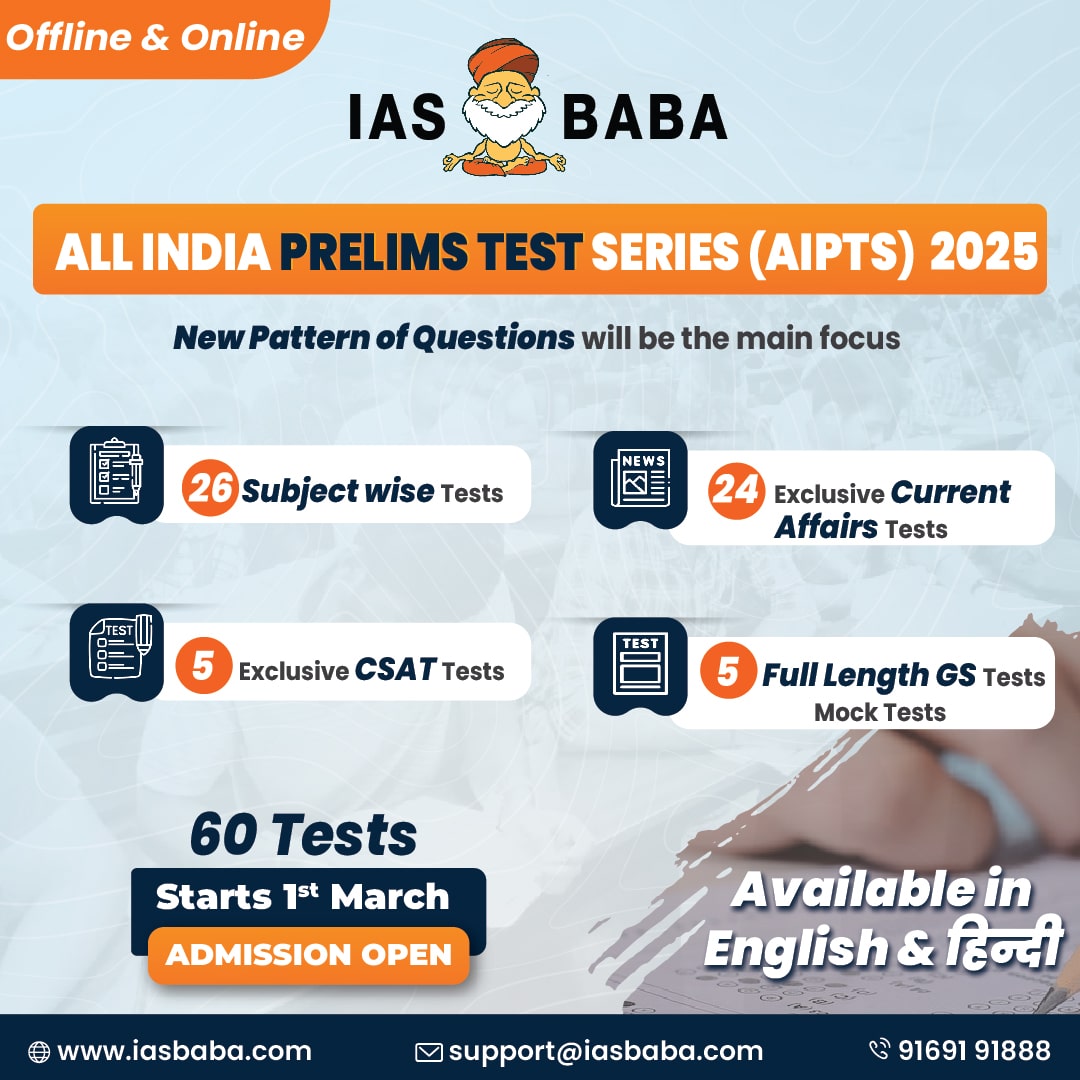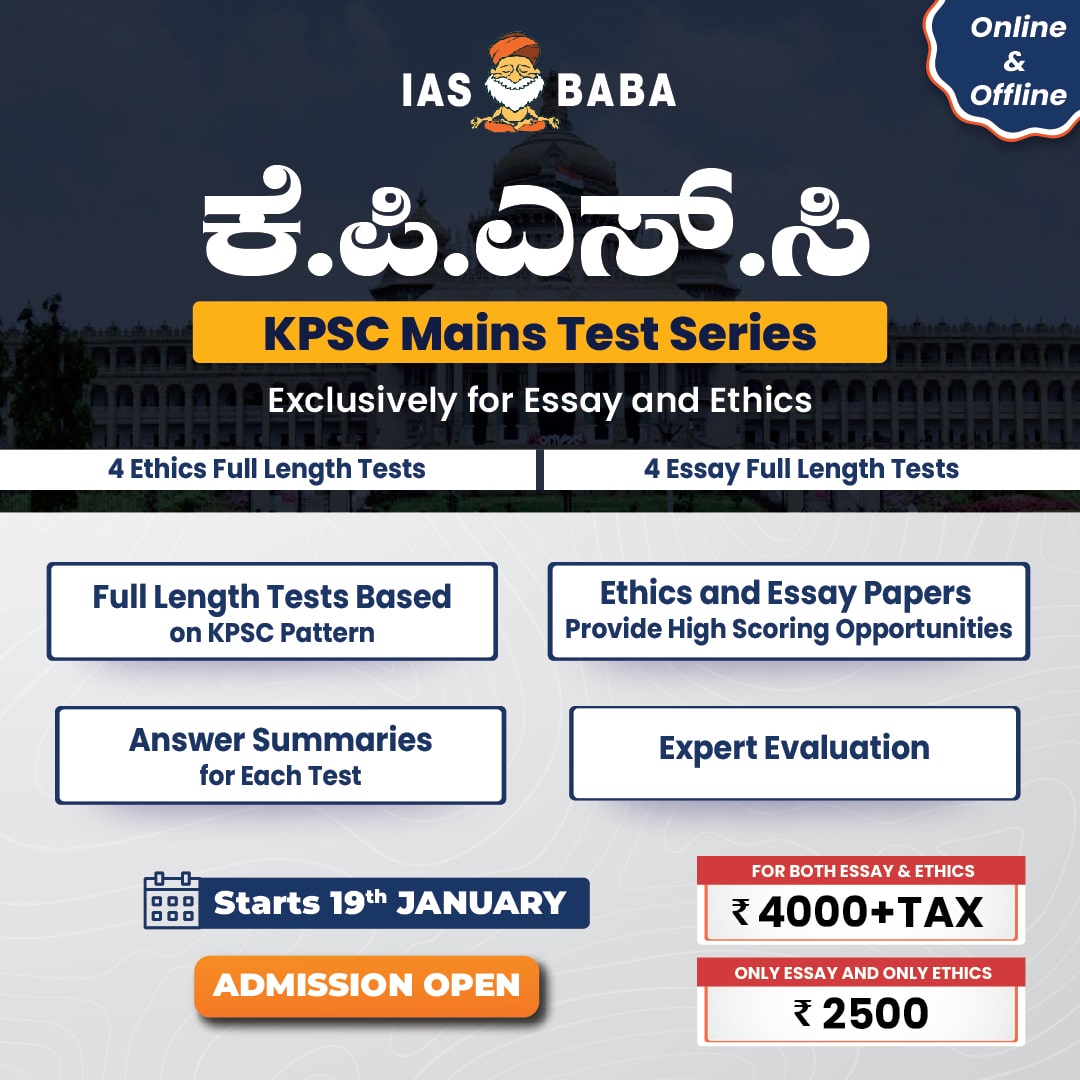IASbaba's Think and Learn-Mains 2015, Think and Learn, Think and Learn-2015, UPSC, UPSC Mains- Think and Learn-2015
Archives-Think and Learn-Mains 2015
Synopsis and Review – Think and Learn [Day 16]
GS 1) Examine the circumstances in which integration of Foreign Enclaves into the Union of India carried out.
The Indian sub-continent was not just divided into British Provinces and the Indian princely states on the eve of independence, but also various pockets of Portuguese and French colonies were present. So, the integration of these other foreign enclaves into the Indian Union is a totally different story.
(Answering about the Bangladeshi enclaves should not come within the scope of this answer. The exchange of Indian enclaves in Bangladesh and Bangladeshi enclaves in India are a different issue, and is out of the scope of GS-1 History, so do not get confused while writing this answer)
The structure of this answer can be divided into two parts, each dealing with the French and the Portuguese enclaves. Mentioning Dadra and Nagar Haveli, Daman and Diu, Goa, Pondichery is a must. Any more inclusion is welcome.
Well, all this should come within 200 words for a perfect answer.
Today’s Top Answer for this question is written by – Nisha
Ans) After the formation of Union of India the major foreign enclaves were French and Portuguese. On gaining independence India opened negotiations with them for the transfer of territories.
French enclaves
Integration of French territories was done peacefully. After the formation Of Union of India the rising nationalism in the people and shift of French India socialist party to pro merger nationalism forced French government to sign a referendum with India. on November 1, 1954, the four enclaves karakal, mahi, yanam and puthucherry were transferred to the Indian Union and became the Union territory of Pondicherry.
Portuguese enclaves:
Portugal resisted diplomatic solutions and refused to transfer power to Union of India.
Dadra and Nagar Haveli:
Volunteers of United Front of Goans and Azad Gomantak Dal occupied Dadra and Nagar Haveli in 1954 and displaced Portuguese rule. The territories were subsequently merged into the Indian Union in 1961.
Goa, Daman and Diu:
Satyagrahas and revolts by Indian nationalists were suppressed by Portuguese government. From
1955-1961 Indian government tried to raise the issue before the international community. But Portugal resisted all overtures from India. On December 18, 1961, in Operation Vijay the Indian Army liberated Goa, Daman and Diu by force.
Portugal recognized the integration of territories into the Indian union only in 1974.
GS 2) Critically analyze the “Whip” system used by the political parties in India and its various implications.
The ‘whip’ system is one of the most useful and one of the most hated systems in the legislature. There have been debates on both sides, with excellent valid points to either keep it or remove it. Thus, understanding the whip system would give one a strong conceptual basis in the working of the legislature.
The introduction of this question should explain what a whip is, the various roles of a whip, and some legislative basis of the whip. Then, one should divide the rest of the answer in two parts, each dealing with pros and cons. Explaining each point with your view and it’s implications would suffice for this question.
Then conclude the answer with your suggestions for the better working of the whip. This would make the perfect answer, within 200 words.
Today’s Top Answer for this question is written by – Sepoy No. 1446
Ans) Whip is a mechanism used by political parties to regulate behavior of party members inside parliament.Whip issues specific guidelines to party members regarding voting on a particular bill which members have to compulsorily follow (otherwise it will lead to loss of membership as per Anti-defection law,1985 as enshrined in 10th schedule).
Positives of Whip system:
1 For party/coalition in power
(a)Ensures continuity and survival of government
(b)Helps in passage of a bill
(c)keeps the coalition intrinsically insulated form the dominating party and from influencing the members of coalition partners.
2.For opposition:
(a)Intact team spirit,voluntarily or involuntarily
(b)Makes ruling party anxious during money bill and no-confidence motion
Drawbacks:
(a) “Forced consensus” goes against rationality and individual conscience and converts members into a mere headcount.
(b) Sometimes some essential bills are not passed because of party politics as happened in case of women reservation bill.
(c) Develops a culture of Inhibited innovation
Current political system of India has made politics a game of numbers,compromises and sacrifices. In this scenario,whip is being increasingly used by political parties to impose their will on members. To avoid that a little bit restructuring is needed. Limiting whips only to special cases like money bills, no-confidence motion and excluding ordinary legislation from it will help in addressing these problems.
GS 3) A large amount of perishable fruits and vegetables go to waste in India. While throwing light on reasons, discuss the government efforts to minimize such loss.
This is a very standard question, which has already been asked many times in various examinations. The mains points that needs to be covered are APMC reforms, Mega Food pParks, Cold Chain Storages, PDS reforms, etc.
The first part of the question should deal with all the reasons that leads to the wastage of foods. This should portray a very grim picture of the current scenario. This can be covered in 100 words, with a good strong introduction showing the pathetic condition of the country.
The second part of the question should induce hope into the examiner by giving various positive governmental measures in this regard, and thus should conclude the answer on a positive note by addressing all the negatives. That would make a perfect answer.
Today’s Top Answer for this question is written by – Coop
Ans) India is the second largest producer of fruits and vegetables after China but 40% of the produce fails to reach the consumer. The reasons behind this wastage mostly arise due to –
1) Infrastructure: Insufficient cold storage and refrigerated transport facilities coupled with lack of transportation infrastructure to deliver perishable goods lead to wastage
2) Government purchase and distribution: Wide spread corruption and mismanagement at APMCs
3) Middlemen have bargaining power over farmers because of farmers’ little knowledge of prices, these middlemen have little incentive to spend on protecting food.
4) Lack of financing to improve supply chains,training and education of personnel.
5) Retail points are mostly small shops which have no facilities to protect food
Policymakers recognizing and to address these issues have implemented:
1. Mega food parks proposal: to improve supply chain shortcomings
2. Proposal of FDI in retail and government owned retail to reduce wastage at the final stage
3. Boosting food processing industry by several economic incentives.
4. Investments in infrastructure for convenient transportation from farm to shop, like refrigerated trucks and cold storage chains.
5. APMC reforms on the way to address middlemen shortcomings.
In India, with high rates of malnourishment, food security is a major concern. These measures if implemented correctly can reduce burden on government to increase agricultural produce.














